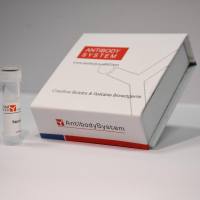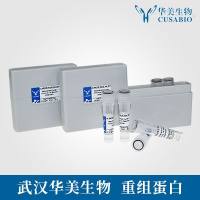Mass-Spectrometric Characterization of Phospholipids and Their Hydroperoxide Derivatives In Vivo: Effects of Total Body Irradiation
互联网
555
Combination of electrospray ionization mass spectrometry (ESI-MS), fluorescence high-performance liquid chromatography (HPLC), and 2D-high-performance thin-layer chromatography (2D-HPTLC) is a powerful approach to identify and quantitatively analyze oxidized phospholipids in vivo. We describe application of this methodology in assessments of phospholipid hydroperoxides using as an example their characterization and quantitative determinations in different tissues of mice exposed to total body irradiation (TBI, 10 and 15 Gy). Using ESI-MS, we identified individual molecular species – with particular emphasis on polyunsaturated molecules as preferred peroxidation substrates – in major classes of phospholipids: cardiolipin (CL), phosphatidylcholine (PC), phosphatidylethanolamine (PE), phosphatidylserine (PS), and phosphatidylinositol (PI) isolated from mouse brain, lung, muscles, small intestine, and bone marrow. We show that the pattern of phospholipid oxidation 24 h after TBI is nonrandom and does not follow the phospholipid abundance in tissues. The anionic phospholipids – CL, PS, and PI – are the preferred peroxidation substrates. We identified and structurally characterized individual hydroperoxides in these three classes of phospholipids. The protocols described may be utilized in studies of signaling functions of oxidized phospholipids in cell physiology and pathology.









